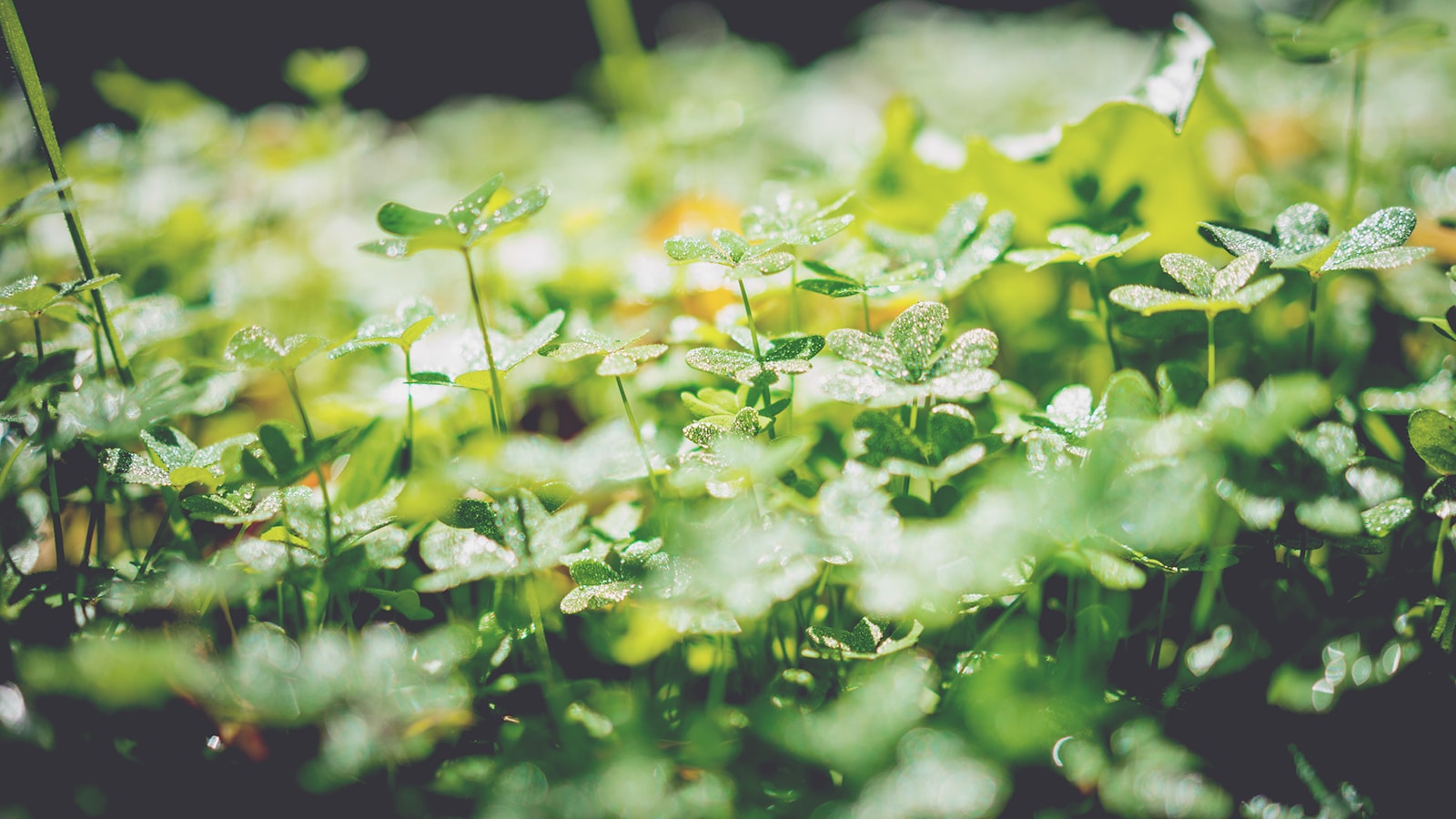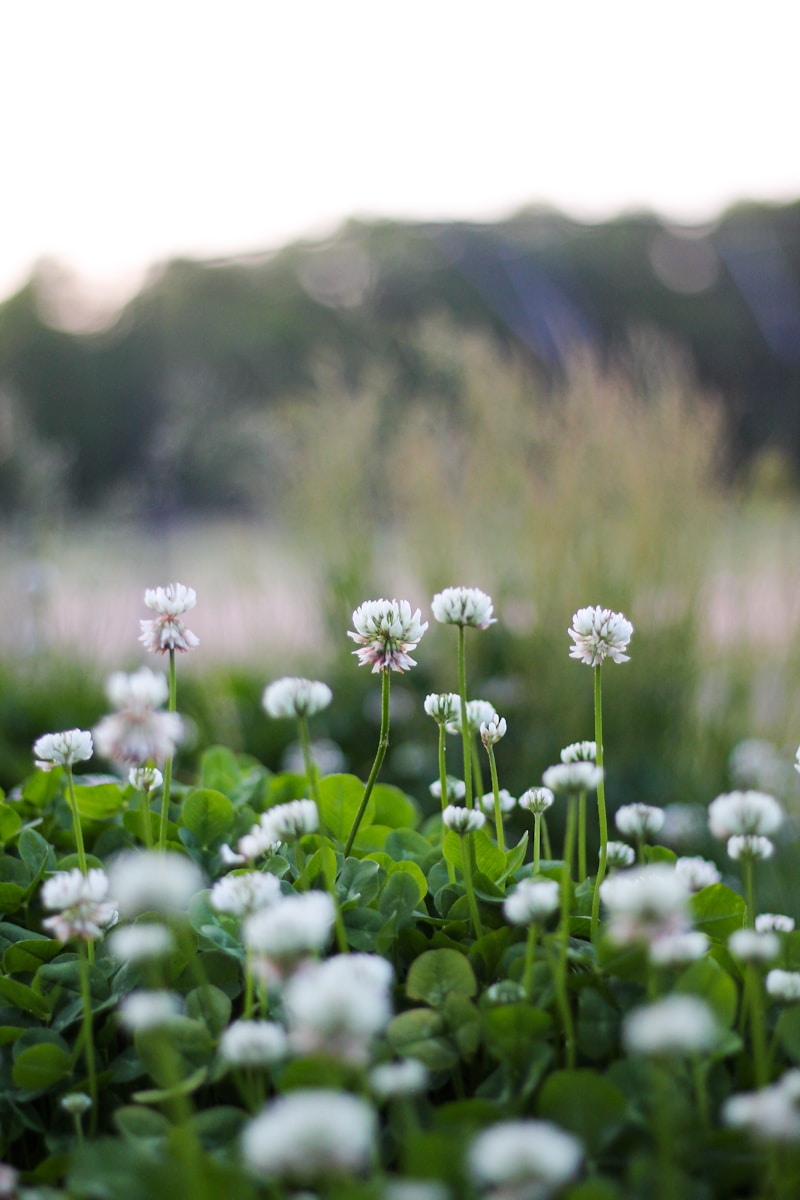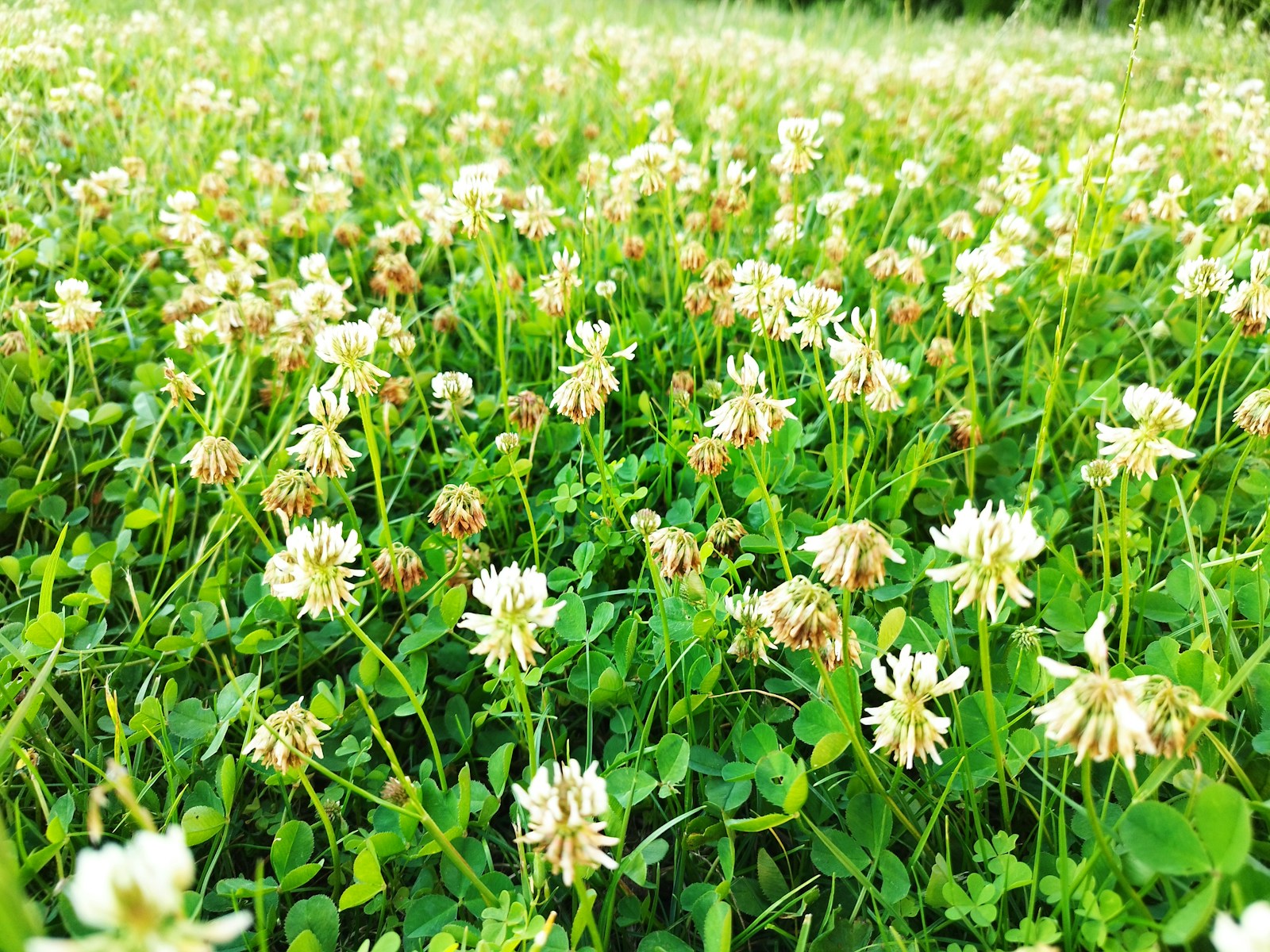When it comes to creating a serene and elegant garden, few things rival the charm of perennial plants with white flowers. These timeless beauties not only add a touch of sophistication to your landscape but also return year after year, making them a sustainable and low-maintenance choice for gardeners. Whether you’re designing a moon garden in California or adding accents to a cottage garden in Vermont, white-flowering perennials offer versatility, beauty, and environmental benefits. In this article, we’ll explore the best perennial plants with white flowers, their care requirements, and how to incorporate them into your garden design.
Why Choose Perennial Plants with White Flowers?
White flowers are a gardener’s secret weapon. They brighten shady corners, create a sense of calm, and pair beautifully with other colors. Perennials, in particular, are a smart investment because they come back year after year, reducing the need for replanting. Here are some reasons to consider adding white-flowering perennials to your garden:
- Versatility: White flowers complement any garden style, from modern to rustic.
- Low Maintenance: Once established, perennials require less care than annuals.
- Pollinator-Friendly: Many white-flowering perennials attract bees, butterflies, and other beneficial insects.
- Nighttime Appeal: White blooms glow in the moonlight, perfect for evening gardens.
Top Perennial Plants with White Flowers
1. Shasta Daisy (Leucanthemum x superbum)
Shasta daisies are a classic choice for gardeners seeking cheerful, white blooms. These hardy perennials thrive in USDA zones 5-9 and produce large, daisy-like flowers with yellow centers. They’re perfect for borders, cut flower arrangements, and pollinator gardens.

Care Tips:
- Plant in full sun to partial shade.
- Water regularly but avoid soggy soil.
- Deadhead spent blooms to encourage reblooming.
2. Japanese Anemone (Anemone x hybrida)
Japanese anemones are elegant perennials that bloom in late summer to fall, adding interest when other plants are fading. Their delicate, cup-shaped white flowers rise above dark green foliage, making them a standout in shady gardens.
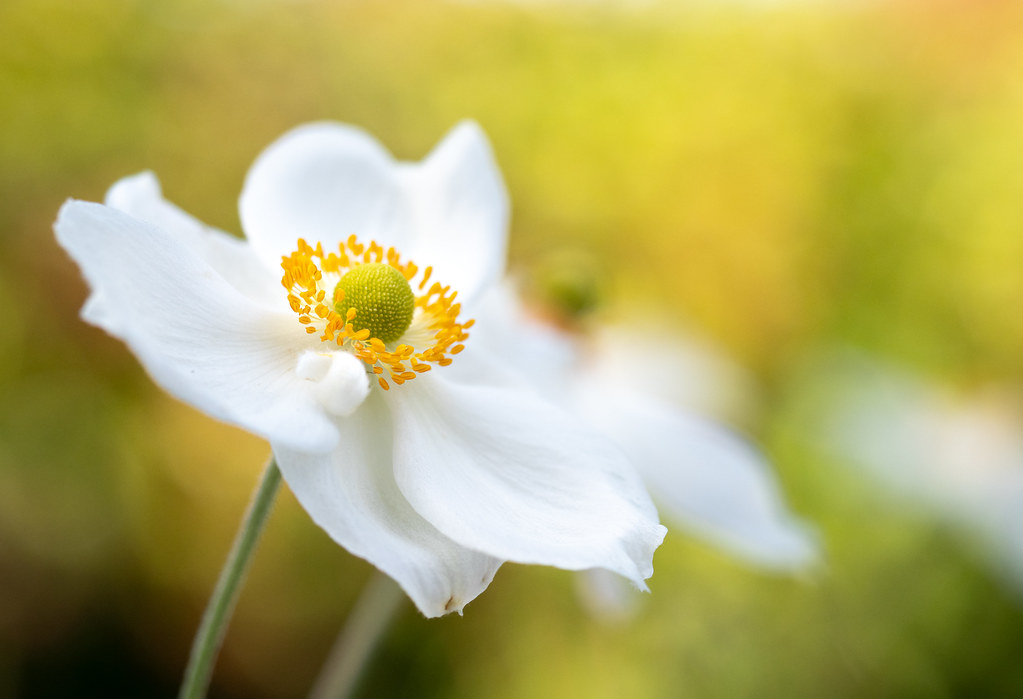
Care Tips:
- Prefers partial shade and well-drained soil.
- Mulch to retain moisture and protect roots in winter.
- Divide clumps every few years to prevent overcrowding.
3. Lily of the Valley (Convallaria majalis)
Known for its sweet fragrance and bell-shaped flowers, Lily of the Valley is a shade-loving perennial that thrives in cooler climates. It’s an excellent ground cover for woodland gardens in places like Oregon or Washington.
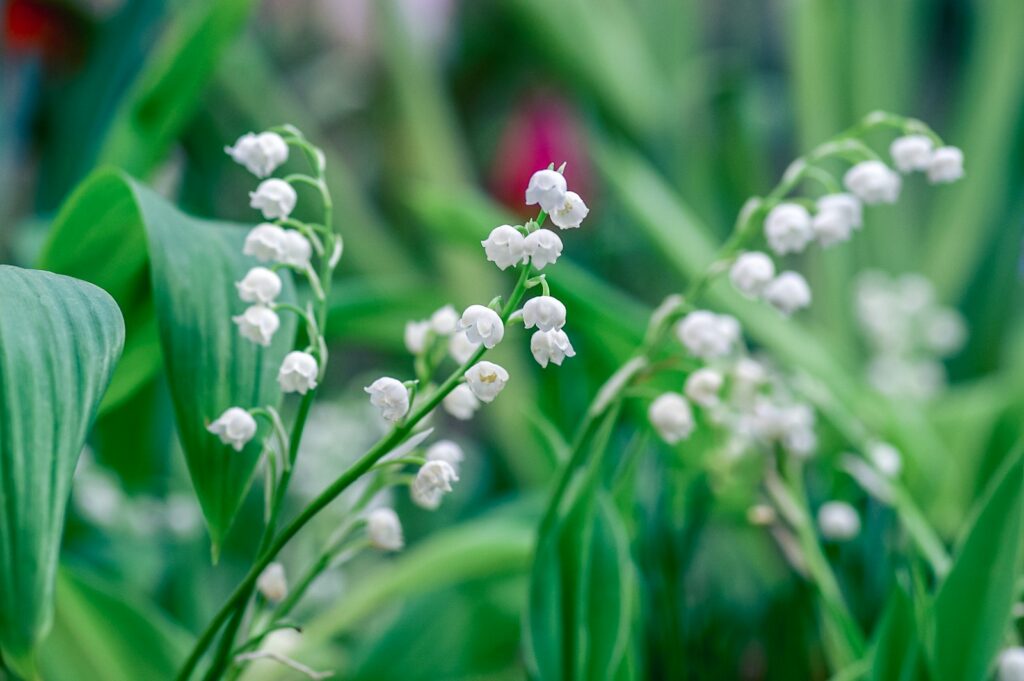
Care Tips:
- Plant in rich, moist soil with plenty of organic matter.
- Keep in partial to full shade.
- Be cautious, as all parts of the plant are toxic if ingested.
4. White Coneflower (Echinacea purpurea ‘Alba’)
A white variation of the popular purple coneflower, this perennial is a pollinator magnet. It’s drought-tolerant and thrives in sunny locations, making it ideal for gardens in Texas or Arizona.

Care Tips:
- Plant in full sun and well-drained soil.
- Water sparingly once established.
- Leave seed heads in place to feed birds in winter.
5. Hosta (Hosta spp.)
While primarily grown for their foliage, many hosta varieties produce lovely white or lavender-tinged flowers in mid-summer. They’re perfect for adding texture and contrast to shady gardens.

Care Tips:
- Plant in partial to full shade.
- Keep soil consistently moist.
- Protect from slugs and snails, which love hosta leaves.
Designing with White-Flowering Perennials
Creating a Moon Garden
A moon garden is designed to be enjoyed in the evening, with white flowers that reflect moonlight. Pair plants like Shasta daisies, Japanese anemones, and white phlox with silver-foliaged plants like lamb’s ear for a stunning effect.
Pairing with Other Colors
White flowers act as a neutral backdrop, allowing other colors to pop. Try combining them with purple salvia, yellow coreopsis, or blue hydrangeas for a vibrant display.
Low-Maintenance Landscaping
For busy homeowners, white-flowering perennials like coneflowers and daisies are ideal. They require minimal care and provide maximum impact.
Common Mistakes and How to Avoid Them
- Overcrowding: Give plants enough space to grow. Follow spacing recommendations on plant tags.
- Ignoring Soil Needs: Test your soil and amend it as needed. Most perennials prefer well-drained, fertile soil.
- Neglecting Maintenance: While perennials are low-maintenance, they still need occasional pruning, dividing, and fertilizing.
Environmental Benefits of White-Flowering Perennials
- Support Pollinators: Many white flowers, like coneflowers and daisies, attract bees and butterflies.
- Reduce Water Usage: Drought-tolerant varieties like white coneflowers are perfect for sustainable landscaping.
- Improve Soil Health: Perennials help prevent soil erosion and improve soil structure over time.
Real-Life Garden Inspiration
In a small backyard in Asheville, North Carolina, homeowner Sarah transformed her shady space into a serene retreat using white-flowering perennials. “I planted hostas, Japanese anemones, and Lily of the Valley,” she says. “The white blooms brighten up the shade, and the garden feels so peaceful.”
Final Thoughts
Perennial plants with white flowers are a timeless addition to any garden. They offer beauty, versatility, and environmental benefits, making them a smart choice for both novice and experienced gardeners. Whether you’re creating a moon garden, attracting pollinators, or simply adding elegance to your landscape, these plants are sure to impress.

